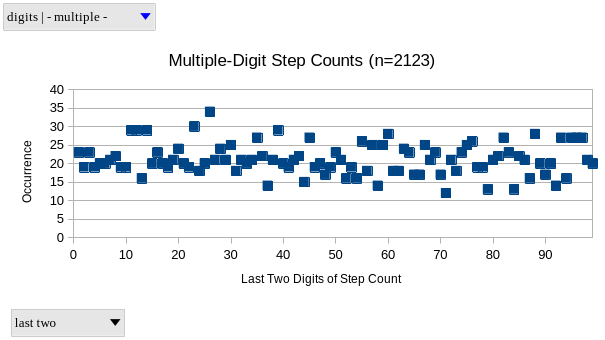Itinerarium Ashcan
Itinerarium is a daily solo walking RPG that I wrote in March when I was thinking of game mechanics to “explode” for the Game Exploder Jam. In the end, I exploded Rod, Reel, & Fist into Fishbones, but I also worked through this project at a slower pace in various Discord servers. Between the game text, the HTML comments, and the various appendices, I think it stands on its own, so I’ve put the ashcan up on GitHub, although I do hope to revisit and expand it.
That said, I don’t know how quickly that might happen, so I wanted to collect up some stray notes and thoughts for my future self, or any others who are interested.
Changes
I’d consider a few more things that aren’t covered in the “Next Steps” section:
- Writing “prompts” that are feasibly stand-alone, in-character, open-ended enough to not directly conflict with other prompts, and interesting enough to imply (but not define) a world is difficult. I might take a step back and relax some of these requirements. For the Queen, for example, doesn’t worry if its prompts conflict (at least indirectly).
- Pick lists of prompts could help alleviate conflicts. I think three per final digit (30 per region) is a reasonable goal.
- Some types of prompt may imply weather. I think I would instead steal “check the real-world weather” directly from Ornithologists Journal. This might also give something concrete to write, even if I relax the “in-character” constraint.
- I’d want to add art. Only enough to set a mood, but still vague. At least a cover illustration.
- Speaking of For the Queen, I’d like to add just a little more shape to the journey at the start. Perhaps a “day 1” entry that’s always the same.
Notes
Because writing the prompts was difficult, I spent a lot of time tinkering with the backend and mathematics of the game.
- This is, of course, why I was looking at nested prompts, and why the constraints in that problem statement were so nonsensical.
- I never found a place to link it, but I thought this Pokéwalker teardown was absolutely fascinating.
- I mention that pedometers can be bought cheaply online, but I’m also kind of fascinated at how inexpensive (and simple) the technology really is. People think of cell phones and fitness trackers, but a pedometer can be $10 or less. I’ve worked multiple places where HR has given them out for workplace step challenges, and famously McDonald’s gave them out as happy meal toys (albeit with a swift unrelated recall).
- I did briefly start haphazardly collecting step-count stats from internet friends. A younger friend of mine walked a median of 3400 steps/day and a historical maximum of 8000. Their mother, “the most active non-fitness-nut person they know,” walked a median 11000 steps/day.
- With 7 regions of 15k steps, there are 105k steps in the game. If a step is 0.75 m, the full journey is about 80 km. Of course, this mapping doesn’t have to be direct.
- I was worried about running into Benford’s Law, which is when the isolated digits of certain kinds of random number (especially those that are “counts” and not direct measurements) are not themselves random.1 I did a chi-square test on my own historical walking data to show that this is not the case.
 My own walking data, trended.
My own walking data, trended.
Famously, the first digit is most likely to be small, but the effect does persist into later places, albeit less and less.↩︎
